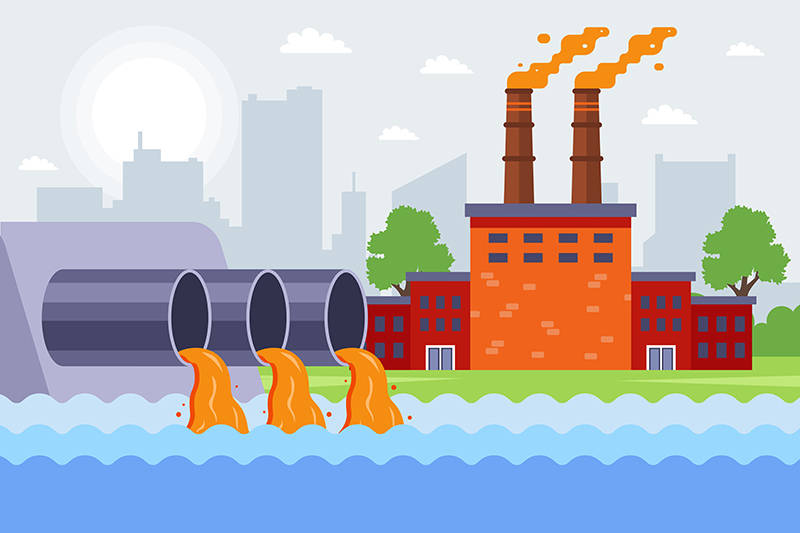chemical coagulation and flocculation water treatment
Chemical Coagulation and Flocculation in Water Treatment
Water treatment is essential for ensuring clean and safe drinking water, and among the various processes employed, chemical coagulation and flocculation stand out as crucial methods. These techniques are designed to reduce turbidity, remove contaminants, and enhance the overall quality of water. Understanding the principles behind these processes can help us appreciate their significance in water purification.
Principles of Coagulation and Flocculation
Coagulation is the initial step in the treatment process, where chemicals known as coagulants are added to the water. Common coagulants include aluminum sulfate (alum), iron salts, and polyaluminum chloride. When introduced to water, these coagulants react with dissolved and suspended particles, neutralizing their charges. Most of the particles in water carry a negative charge, which causes them to repel one another and remain suspended. By introducing coagulants that carry a positive charge, these repulsive forces are diminished, allowing particles to come together, or coagulate.
Following coagulation, flocculation occurs. This process involves the gentle mixing of water to encourage the newly formed clumps of particles, or flocs, to grow larger. During flocculation, additional chemicals may be added, such as polymers, which help to bind the flocs together, creating larger aggregates that can settle more effectively. The flocculation process is typically characterized by slow agitation to prevent the breaking apart of the flocs while allowing them to accumulate.
The Importance of pH Control
chemical coagulation and flocculation water treatment

The efficiency of coagulation and flocculation is heavily influenced by the pH of the water being treated. Each coagulant has an optimal pH range for maximum effectiveness. For instance, alum works best in a slightly acidic environment (pH 6.5 to 7.5). Adjusting the pH is sometimes necessary to ensure that coagulation occurs effectively and that contaminants are removed efficiently. pH adjustment may involve the use of acidic or basic substances, carefully applied to reach the desired range.
Removal of Contaminants
Chemical coagulation and flocculation target a range of pollutants, including suspended solids, organic matter, bacteria, and even some heavy metals. These processes are particularly effective for reducing turbidity, which is a measure of the cloudiness of water caused by suspended particles. High turbidity can harbor pathogens, making the water unsafe for consumption. By removing these particles, coagulation and flocculation play a vital role in producing clear water that is not only visually appealing but also safe for human use.
Once floc formation is complete, the larger aggregates can be removed from the water through sedimentation or filtration. Sedimentation allows the flocs to settle at the bottom of the treatment tank, where they can be collected and disposed of properly. Filters can also capture remaining flocs and smaller particles, providing an additional layer of purification before the water is made available for distribution.
Conclusion
Chemical coagulation and flocculation are indispensable processes in modern water treatment. They facilitate the removal of suspended solids and impurities, leading to cleaner and safer drinking water. By carefully selecting coagulants, controlling pH, and optimizing flocculation conditions, water treatment facilities can effectively enhance water quality. As concerns about water pollution and scarcity continue to grow, the importance of these processes in achieving sustainable water management becomes increasingly evident. Through ongoing research and technological advancements, the efficiency and effectiveness of chemical coagulation and flocculation will continue to evolve, ensuring access to safe drinking water for generations to come.
-
Pbtc Scale InhibitorPBTC: A Scale Protector for Industrial Water TreatmentNewsAug.05,2025
-
Organic Phosphonate: An Efficient Defender in the Field of Scale InhibitionNewsAug.05,2025
-
Hydrolyzed Polymaleic Anhydride: Green Pioneer in Scale Inhibition FieldNewsAug.05,2025
-
PAPEMP Polyamino Polyether Methylene Phosphonic Acid For SaleNewsAug.05,2025
-
Flocculant Water Treatment: A Pioneer in Purification in the Field of Water TreatmentNewsAug.05,2025
-
Benzyl Isothiazolinone: An Efficient and Broad-Spectrum Antibacterial Protective GuardNewsAug.05,2025





